Home>Furniture & Design>Bathroom Accessories>How Do You Soften A Loofah
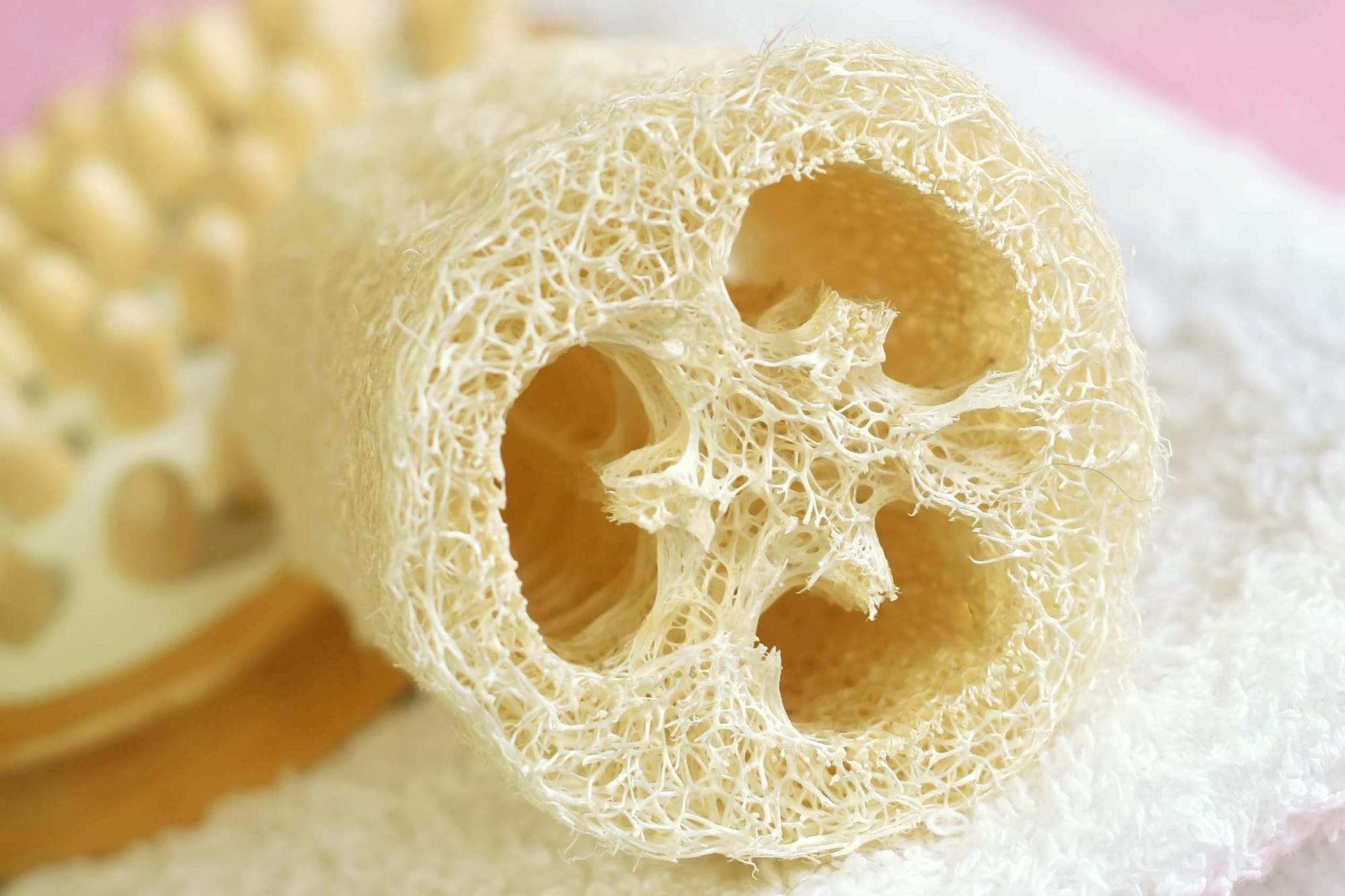

Bathroom Accessories
How Do You Soften A Loofah
Modified: October 19, 2024
Discover effective ways to soften a loofah for a luxurious bathing experience. Find tips and tricks for maintaining your bathroom accessories.
(Many of the links in this article redirect to a specific reviewed product. Your purchase of these products through affiliate links helps to generate commission for Storables.com, at no extra cost. Learn more)
Introduction
When it comes to enhancing our bathing experience, we often focus on luxurious soaps, invigorating scrubs, and plush towels. However, one essential bathroom accessory that tends to be overlooked is the humble loofah. This seemingly simple item plays a crucial role in exfoliating and cleansing our skin, leaving it smooth and rejuvenated. But have you ever encountered a loofah that feels rough and scratchy, rather than gentle and soft? If so, you're not alone. Many people wonder how to soften a loofah to ensure a more comfortable and effective bathing experience.
In this article, we will delve into the world of loofahs, exploring what they are, why it's important to soften them, and various methods for achieving a softer texture. Whether you're a loofah enthusiast looking to revitalize your favorite bath accessory or a newcomer seeking guidance, this comprehensive guide will equip you with the knowledge and techniques needed to soften your loofah effectively.
So, if you've ever wondered how to transform your rough loofah into a velvety-soft exfoliating tool, you're in the right place. Let's embark on this journey to discover the secrets of achieving a luxuriously soft loofah that will elevate your bathing routine to new heights.
Key Takeaways:
- Softening your loofah is crucial for a gentle and effective exfoliation experience. Methods like soaking in warm water, microwaving, and using a vinegar solution can transform your rough loofah into a velvety-soft bathing essential.
- By softening your loofah, you enhance its ability to cleanse, exfoliate, and lather effectively. This not only benefits your skin but also promotes a more sustainable and enjoyable bathing routine. Experiment with different softening techniques to revitalize your loofah and elevate your bathing experience.
Read more: How Do You Make A Loofah
What is a Loofah?
A loofah, also known as a luffa or loofa, is a natural exfoliating sponge derived from the fibrous skeleton of the mature luffa gourd. This remarkable plant, belonging to the cucumber family, produces elongated fruits that, when dried, transform into the familiar porous and fibrous material we recognize as a loofah. The luffa gourd is cultivated in various regions across the world, including Asia, Africa, and the Middle East, where it has been utilized for centuries due to its versatile and beneficial properties.
The unique texture of the loofah makes it an ideal tool for exfoliation and cleansing. Its natural fibers gently slough away dead skin cells, dirt, and impurities, leaving the skin smooth, soft, and rejuvenated. Unlike synthetic sponges, loofahs offer excellent exfoliating capabilities without being too abrasive, making them suitable for regular use on the body.
Loofahs come in various shapes and sizes, ranging from small circular pads to larger, elongated forms. Some are designed with a convenient handle for ease of use, while others are compact and versatile for targeted exfoliation. Additionally, loofahs are available in different textures, allowing individuals to choose the level of exfoliation that best suits their skin type and preferences.
In addition to their exfoliating properties, loofahs are valued for their eco-friendly nature. Being a natural and biodegradable material, they offer a sustainable alternative to synthetic sponges, contributing to a more environmentally conscious bathing routine.
Overall, loofahs are cherished for their ability to invigorate the skin, promote circulation, and enhance the effectiveness of body washes and soaps. Their natural origins and exfoliating prowess make them a beloved addition to bathing rituals around the world, offering a simple yet effective way to maintain healthy, glowing skin.
In the next section, we will explore the importance of softening a loofah and the various methods to achieve this.
Why Do You Need to Soften a Loofah?
Softening a loofah is a crucial step in optimizing its effectiveness and ensuring a comfortable bathing experience. When a loofah is first purchased or after extended use, it may become stiff and rough, potentially causing irritation or discomfort when used on the skin. By softening the loofah, you can address these issues and unlock its full potential as a gentle yet effective exfoliating tool.
The primary reason for softening a loofah is to enhance its texture and flexibility. A stiff and rigid loofah can be harsh on the skin, especially if used with excessive pressure. This can lead to redness, irritation, or even micro-tears in the skin, which may compromise its health and appearance. By softening the loofah, you can transform it into a supple and pliable sponge that molds to the contours of your body, delivering a more comfortable and gentle exfoliation experience.
Furthermore, softening the loofah can help improve its absorbency and lathering capabilities. A rigid loofah may struggle to retain water and lather effectively with body wash or soap, limiting its ability to cleanse and exfoliate the skin. By softening the fibers, you can enhance the loofah's capacity to hold water and create a rich lather, ensuring thorough cleansing and exfoliation with each use.
In addition to the practical benefits, softening a loofah can also prolong its lifespan. A stiff and dry loofah is more prone to wear and tear, as the rigid fibers may become brittle and susceptible to breakage. By softening the loofah and maintaining its flexibility, you can help preserve its integrity and durability, ensuring that it remains a reliable bathing accessory for an extended period.
Ultimately, softening a loofah is essential for optimizing its performance, promoting skin health, and elevating the overall bathing experience. By addressing the rigidity and roughness of the loofah, you can transform it into a gentle, effective, and long-lasting tool that enhances the health and appearance of your skin.
In the following section, we will explore various methods for softening a loofah, offering practical solutions to rejuvenate this beloved bathing accessory.
Methods for Softening a Loofah
Softening a loofah is a straightforward process that can be achieved through various methods, each offering unique benefits and convenience. Whether you prefer natural techniques or quick solutions, there are several effective ways to transform your rough loofah into a luxuriously soft and gentle exfoliating tool. Let's explore these methods in detail:
1. Soaking in Warm Water:
One of the simplest and most effective methods for softening a loofah is to soak it in warm water. Begin by submerging the loofah in a basin or sink filled with comfortably warm water. Allow the loofah to soak for 15-20 minutes, allowing the fibers to absorb the moisture and become more pliable. After soaking, gently squeeze out the excess water and test the texture of the loofah. You should notice a significant improvement in its softness, making it more suitable for use on the skin.
Read more: How Do You Cook Loofah
2. Microwaving:
For a quick and efficient softening method, consider using the microwave. Start by wetting the loofah thoroughly, ensuring that it is damp but not dripping. Place the loofah in the microwave and heat it on high for 20-30 seconds. Keep a close eye on the loofah to prevent it from drying out or becoming too hot. Once heated, carefully remove the loofah and test its texture. The heat from the microwave will help to soften the fibers, making the loofah more comfortable and gentle on the skin.
3. Boiling:
Boiling the loofah is another effective way to achieve thorough softening. Fill a pot with water and bring it to a rolling boil. Submerge the loofah in the boiling water and allow it to simmer for 10-15 minutes. The heat will penetrate the fibers, softening them and restoring flexibility to the loofah. After boiling, carefully remove the loofah using tongs or a utensil, and allow it to cool before testing its texture. This method is particularly beneficial for rejuvenating older or heavily used loofahs.
4. Vinegar Solution:
Creating a vinegar solution can help soften and sanitize the loofah simultaneously. Mix equal parts of water and white vinegar in a bowl or container. Submerge the loofah in the solution and let it soak for 1-2 hours. The acidic properties of the vinegar will work to break down any residue or stiffness in the loofah, resulting in a softer texture. After soaking, rinse the loofah thoroughly with water to remove any vinegar scent, and allow it to air dry.
5. Baking Soda Paste:
Using a baking soda paste can effectively soften and cleanse the loofah. Create a paste by mixing baking soda with water to form a thick consistency. Apply the paste to the loofah, ensuring that it coats the fibers evenly. Allow the paste to sit on the loofah for 15-20 minutes, allowing the baking soda to penetrate and soften the fibers. After the designated time, rinse the loofah thoroughly to remove the paste, and gently squeeze out the excess water. The baking soda paste will help to restore the softness and freshness of the loofah.
By utilizing these methods, you can effectively soften your loofah, ensuring that it remains a gentle, effective, and long-lasting accessory for your bathing routine. Experiment with these techniques to discover the approach that best suits your preferences and enjoy the rejuvenated texture of your loofah.
Conclusion
In conclusion, the journey to softening a loofah unveils a range of practical and effective methods that can rejuvenate this essential bathing accessory. Whether you opt for the simplicity of warm water soaking, the convenience of microwaving, or the thoroughness of boiling, each approach offers a pathway to transforming a rough and rigid loofah into a velvety-soft exfoliating tool. The use of a vinegar solution and baking soda paste further expands the repertoire of softening techniques, providing additional benefits such as sanitization and cleansing.
By softening a loofah, individuals can elevate their bathing experience, promoting skin health, comfort, and longevity of the loofah itself. The softened loofah becomes more pliable, gentle, and absorbent, enhancing its ability to exfoliate, cleanse, and lather effectively. This transformation not only benefits the skin but also contributes to a more sustainable and enjoyable bathing routine.
Furthermore, the significance of softening a loofah extends beyond immediate comfort and practicality. It underscores the value of caring for our bathing accessories, ensuring that they remain in optimal condition for prolonged use. By incorporating softening techniques into our loofah maintenance routine, we demonstrate a commitment to preserving the integrity and performance of this natural exfoliating sponge.
As we conclude this exploration, it is evident that the quest to soften a loofah is not merely a practical endeavor but a journey of revitalization and rejuvenation. It invites us to engage with our bathing rituals in a mindful and nurturing manner, acknowledging the role of simple yet impactful practices in enhancing our well-being.
In essence, the art of softening a loofah empowers individuals to unlock the full potential of this beloved bathing accessory, fostering a renewed sense of comfort, efficacy, and sustainability. By embracing these methods, we embark on a journey that transcends the mere softening of fibers, ultimately enriching our bathing experiences and nurturing a deeper connection with the tools that accompany us on this daily ritual of self-care.
Now that you've learned how to soften a loofah, why not continue enhancing your bathroom experience? Dive into our next article where we share top tips for integrating feng shui into your bathroom setup. Creating a space that not only looks good but feels harmonious could be just what you need for a truly relaxing sanctuary. Don't miss out on these practical yet transformative bathroom tips!
Frequently Asked Questions about How Do You Soften A Loofah
Was this page helpful?
At Storables.com, we guarantee accurate and reliable information. Our content, validated by Expert Board Contributors, is crafted following stringent Editorial Policies. We're committed to providing you with well-researched, expert-backed insights for all your informational needs.
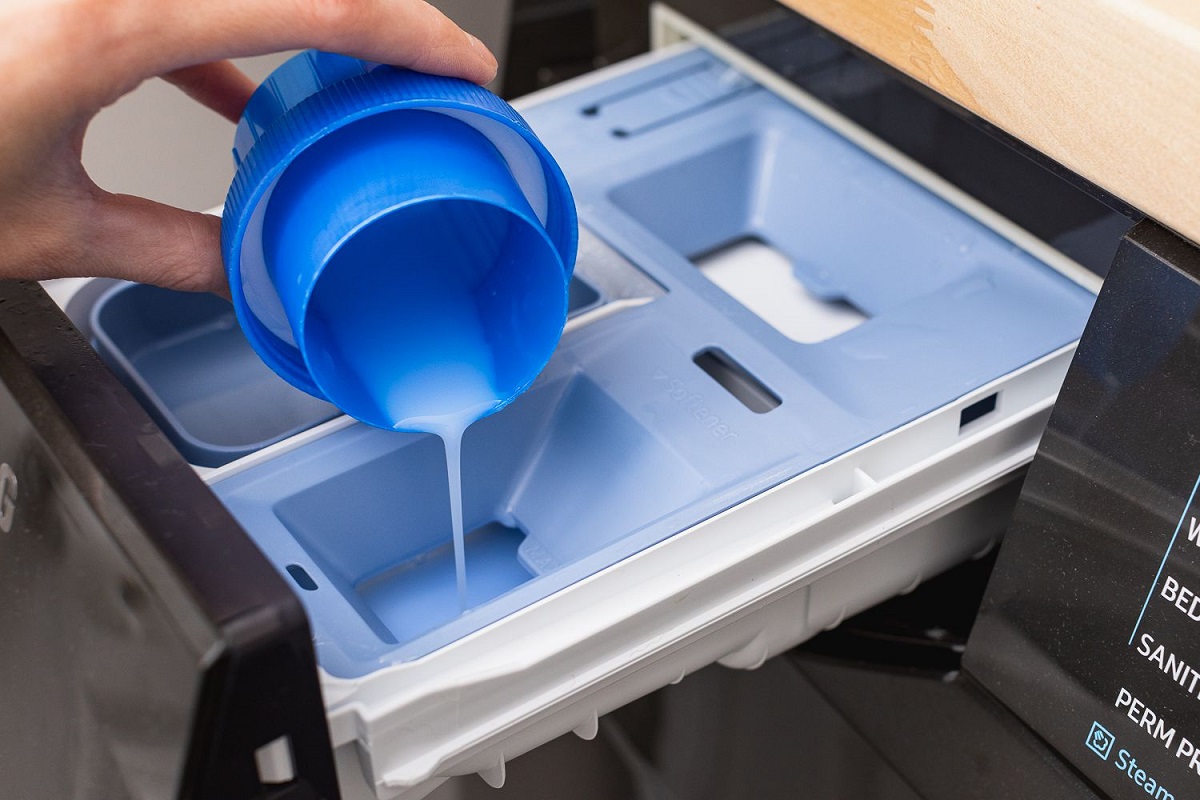
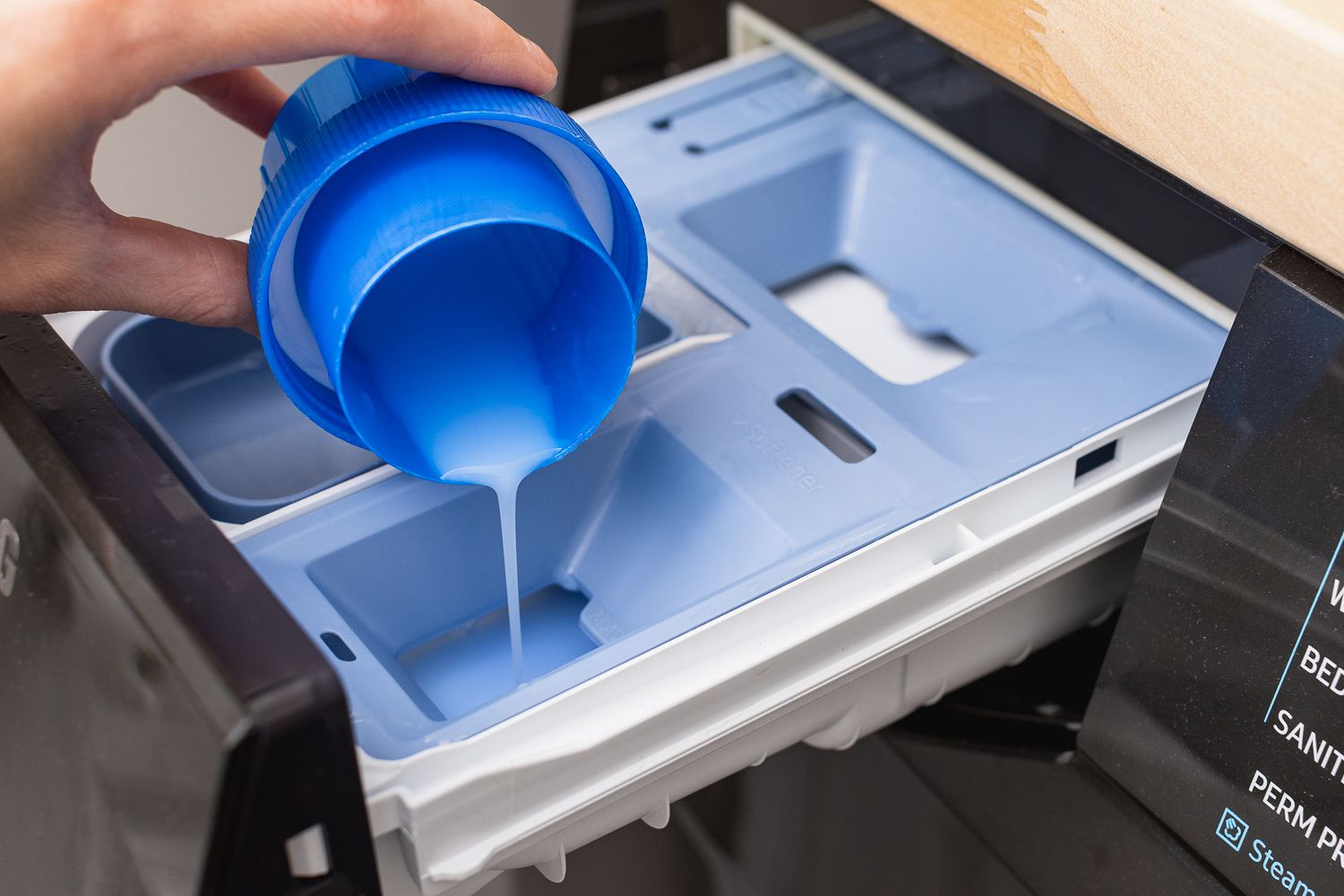
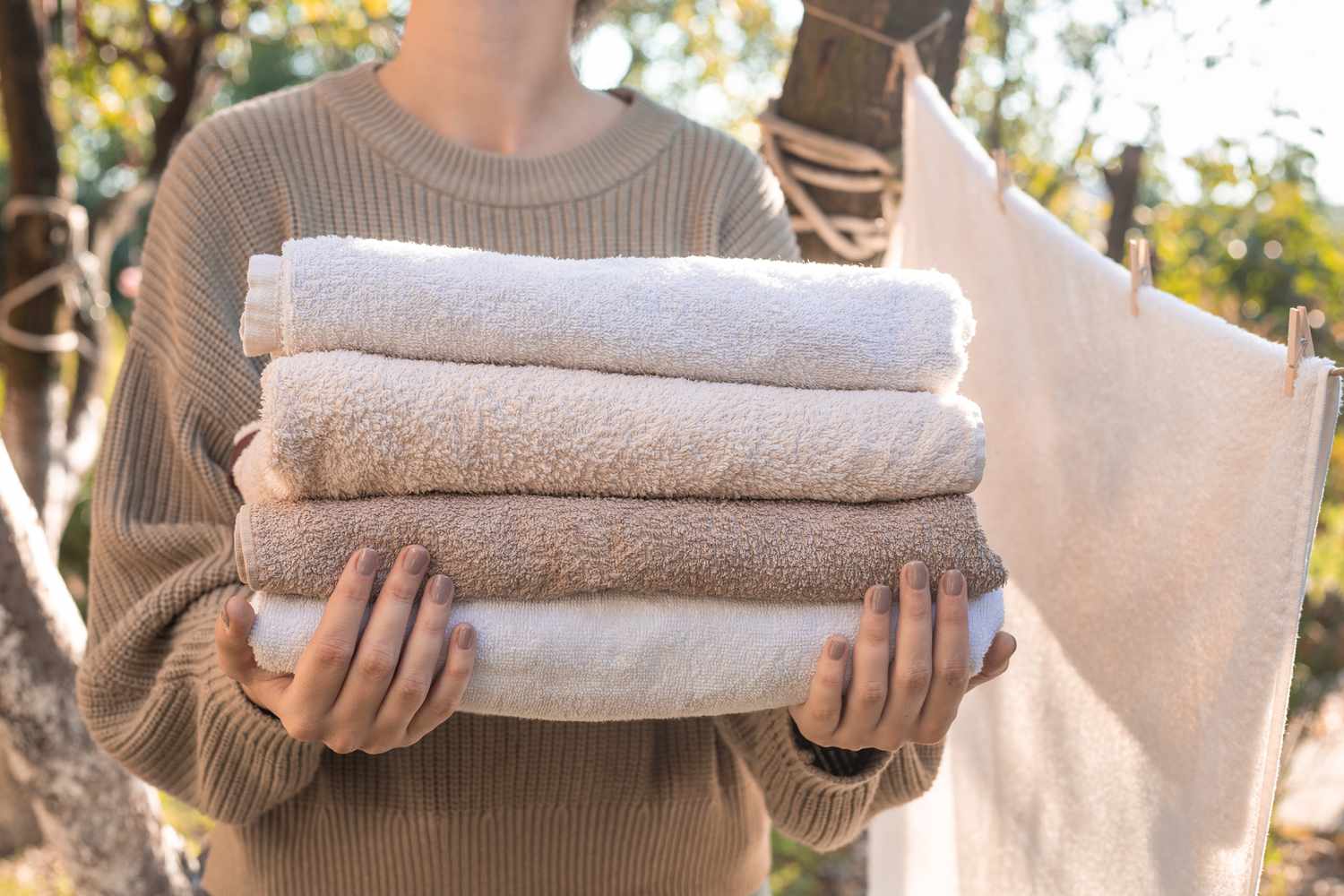
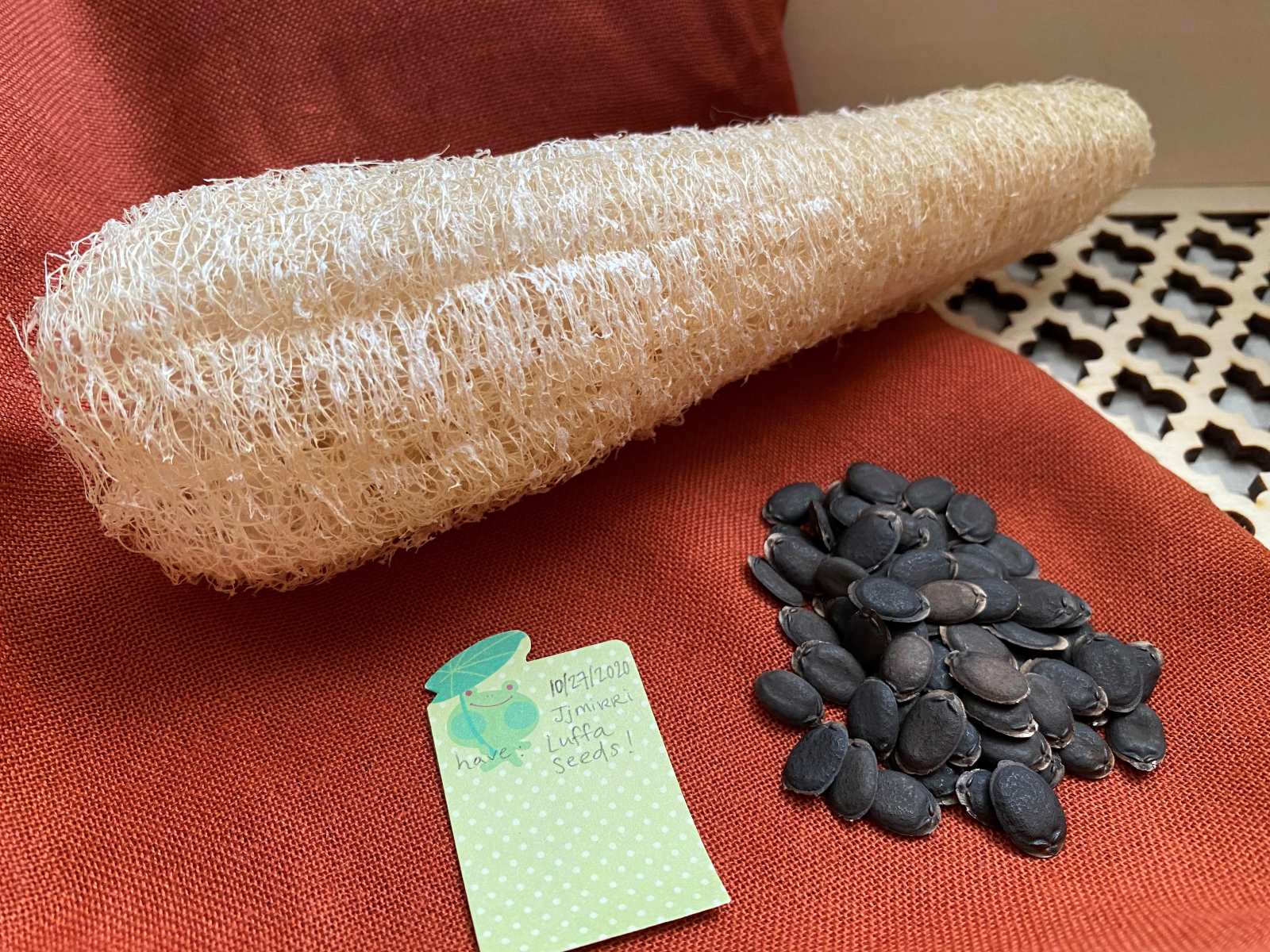
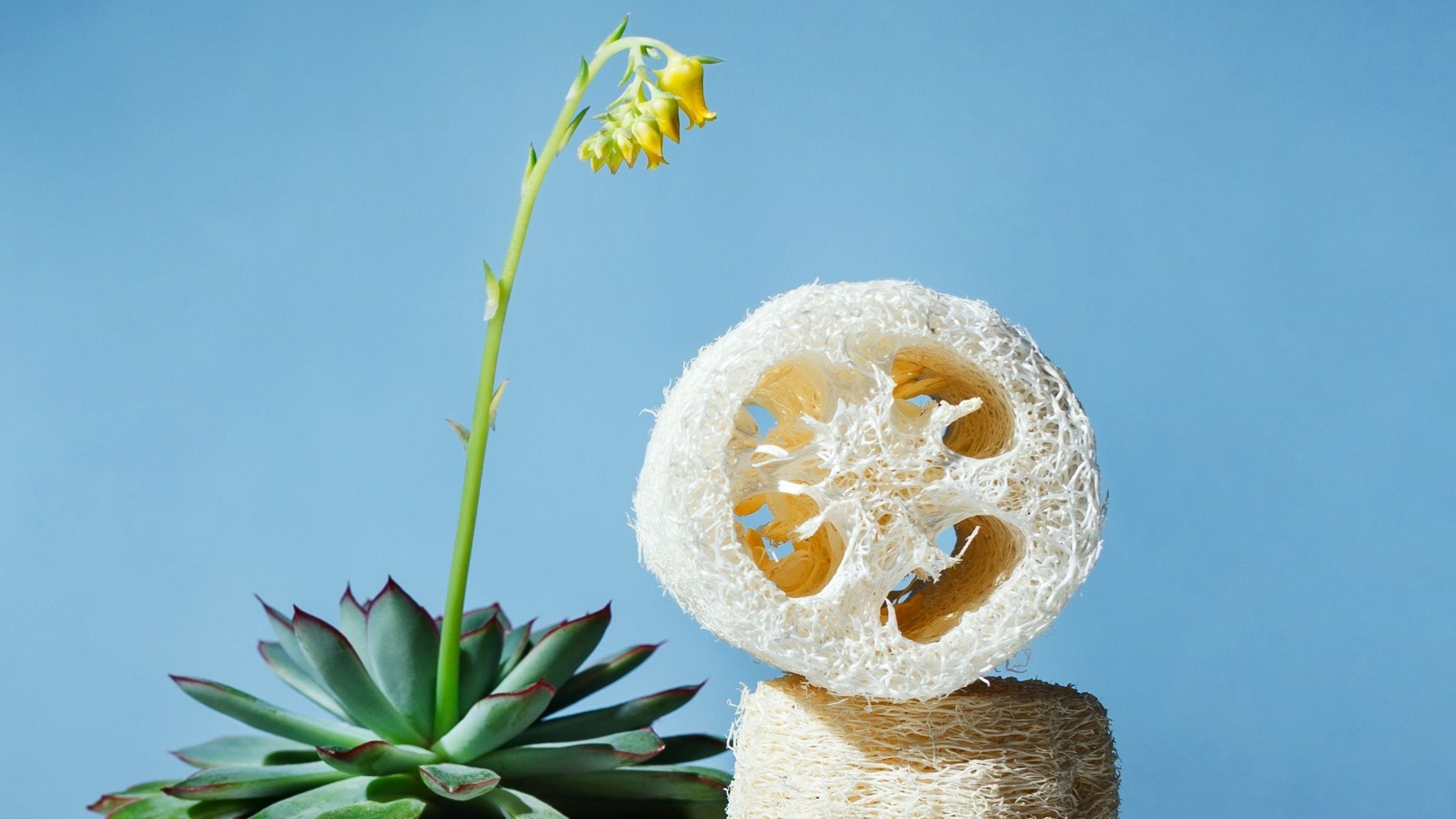
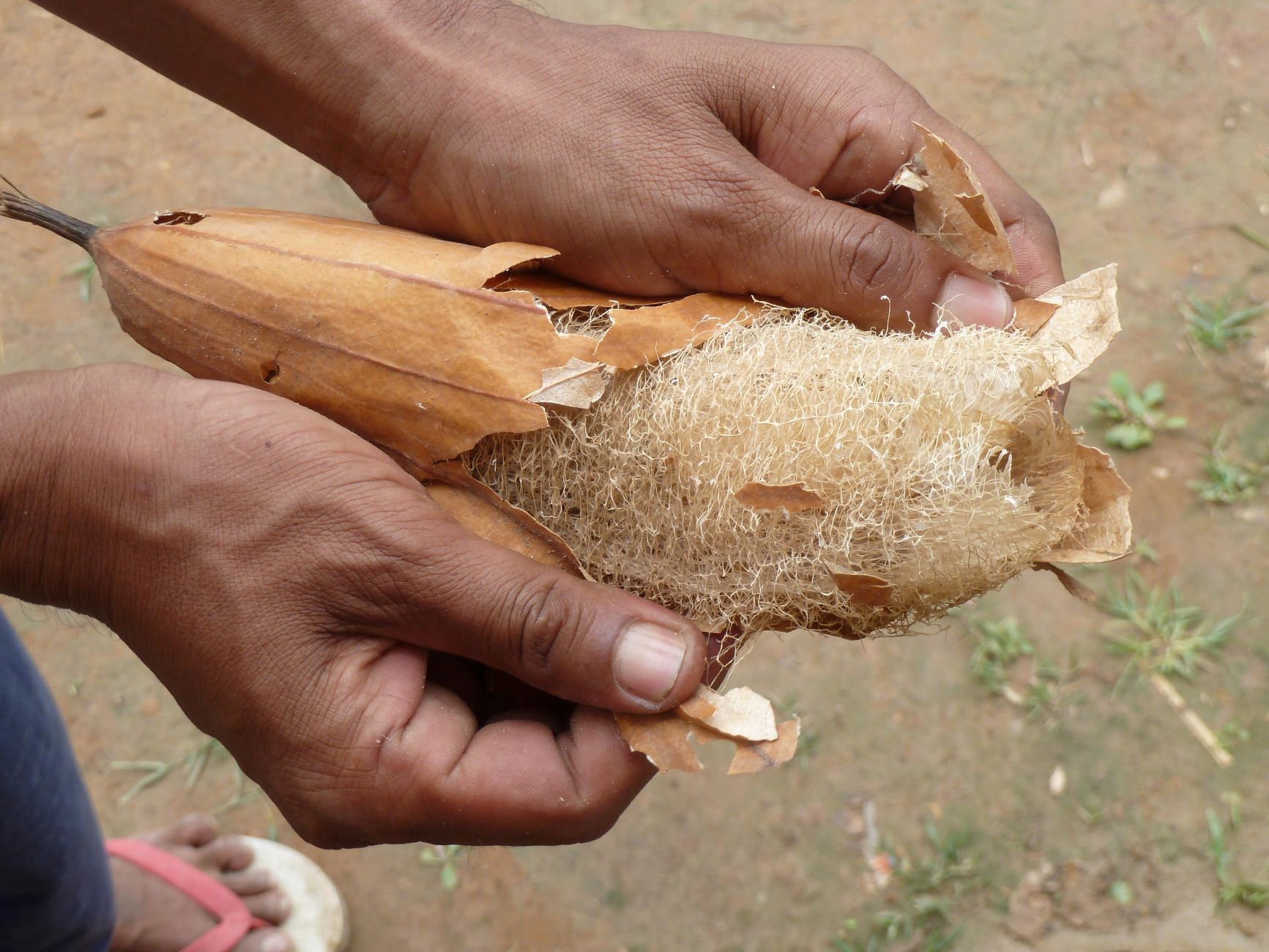
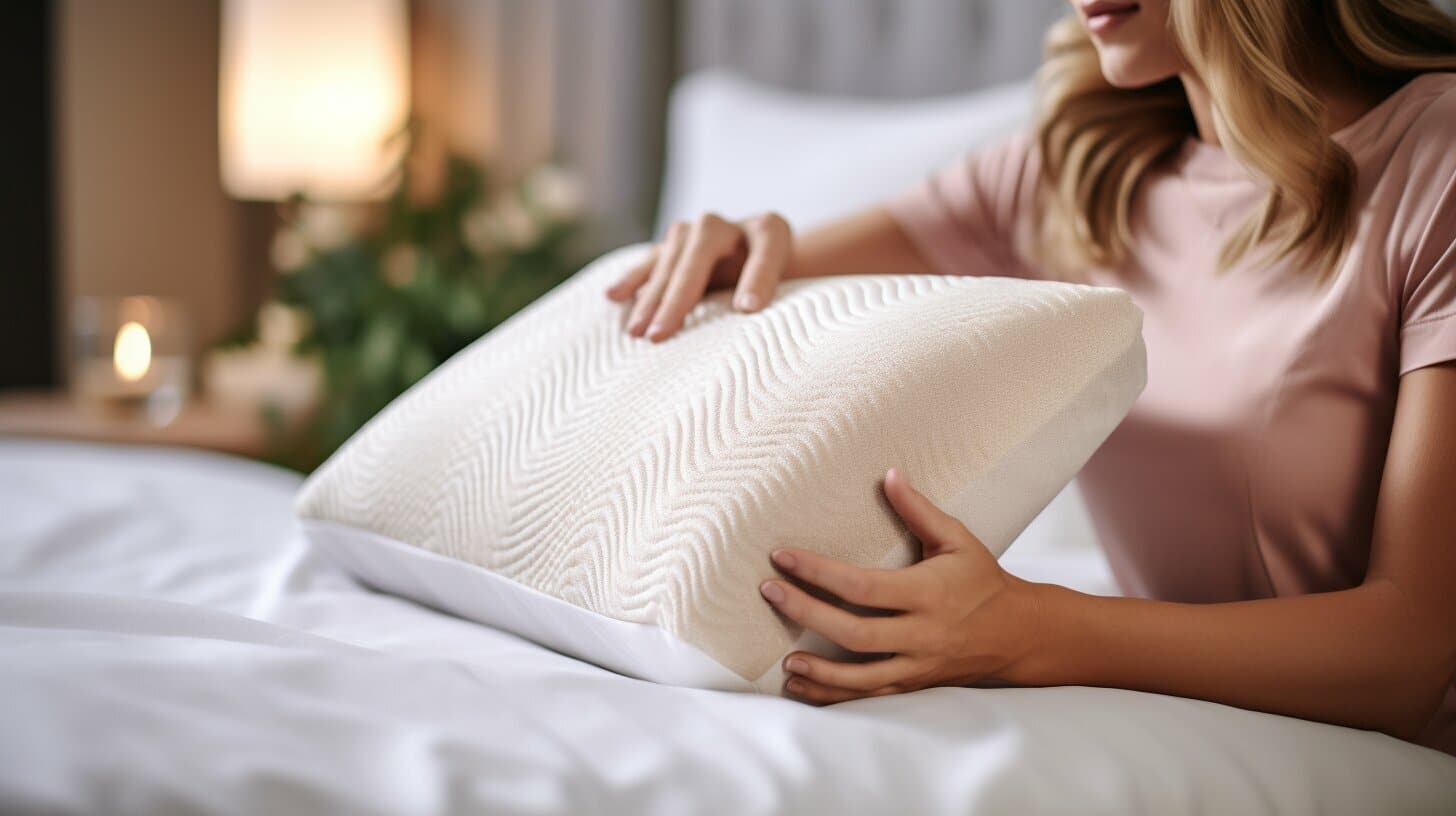
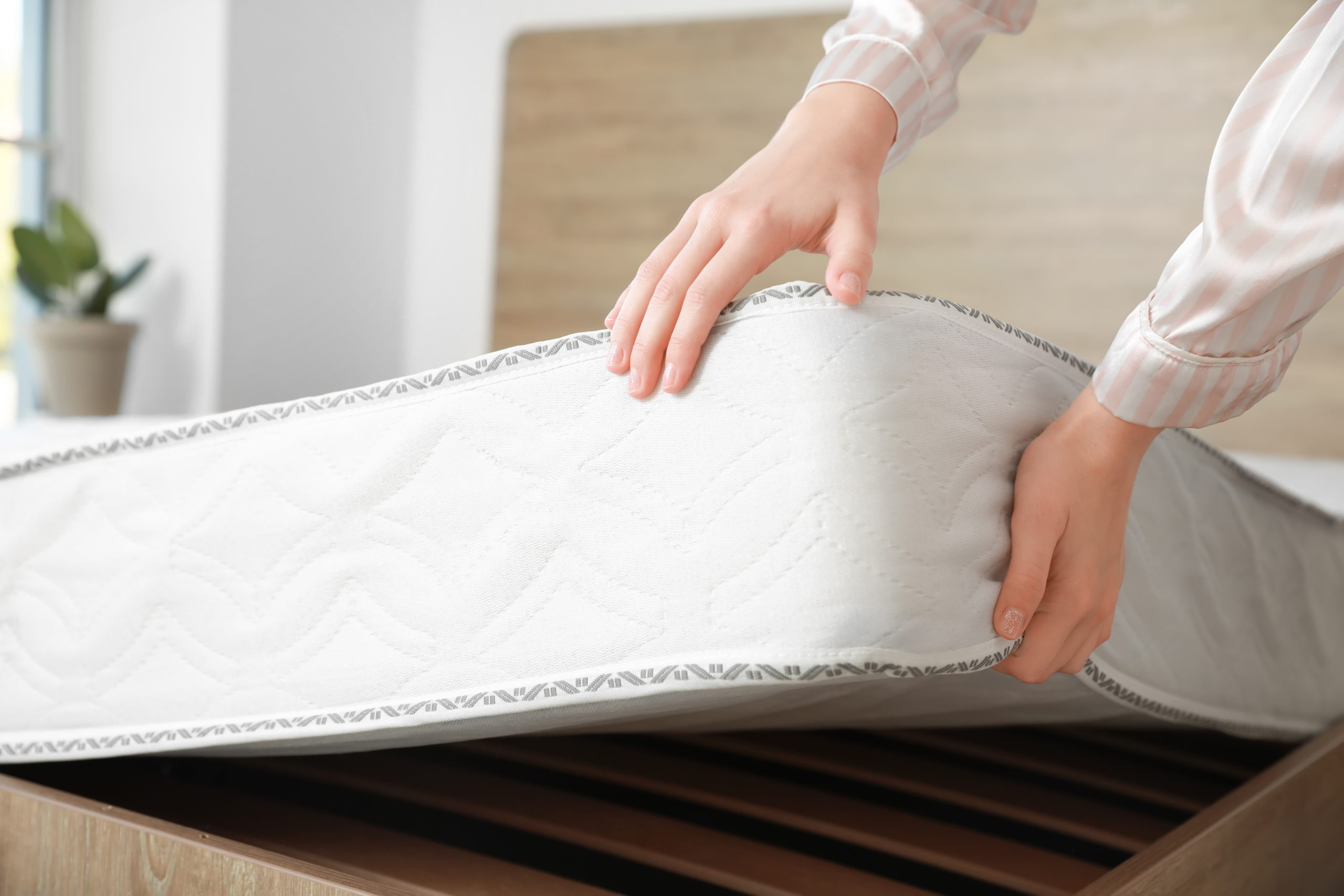
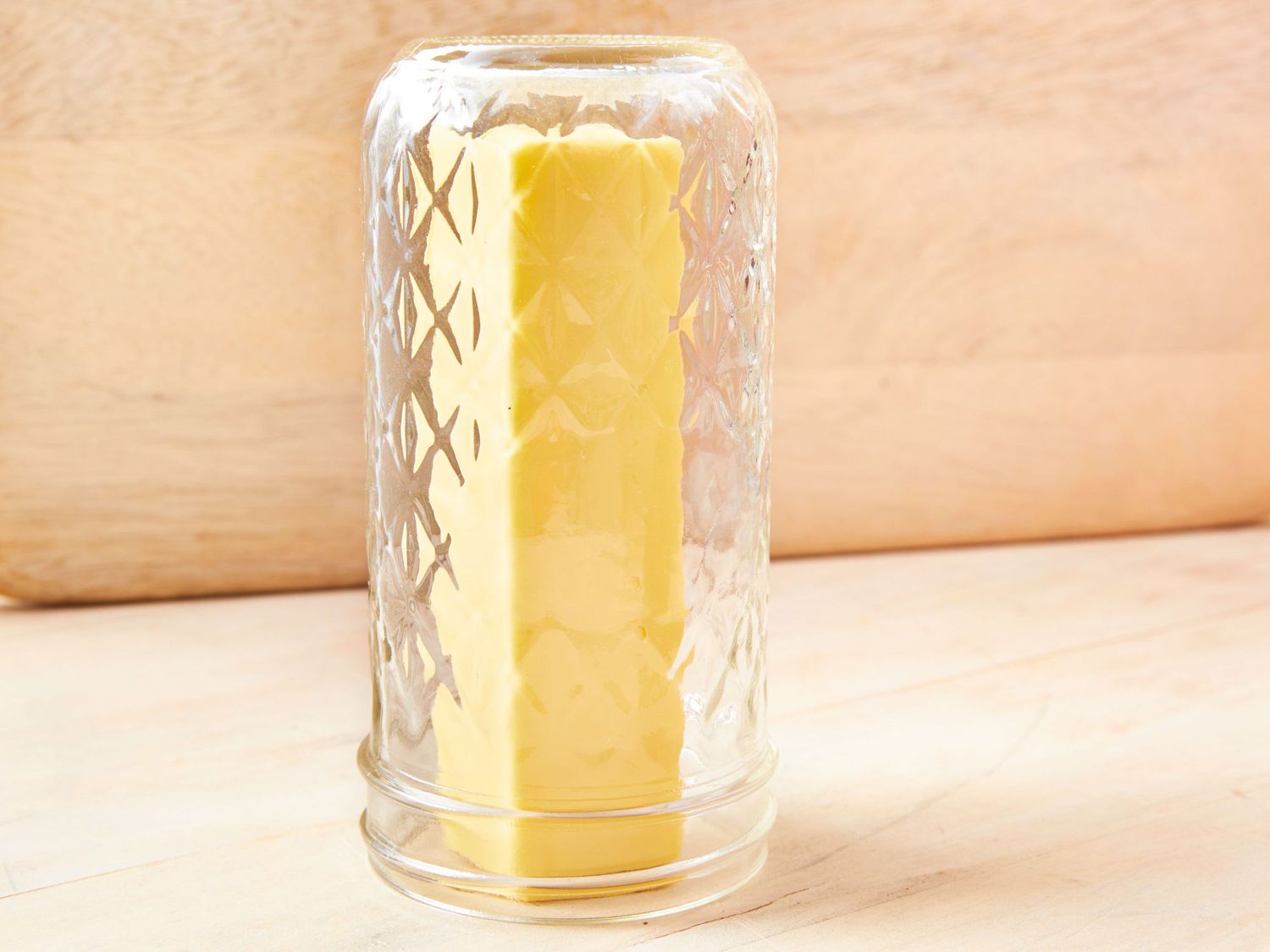
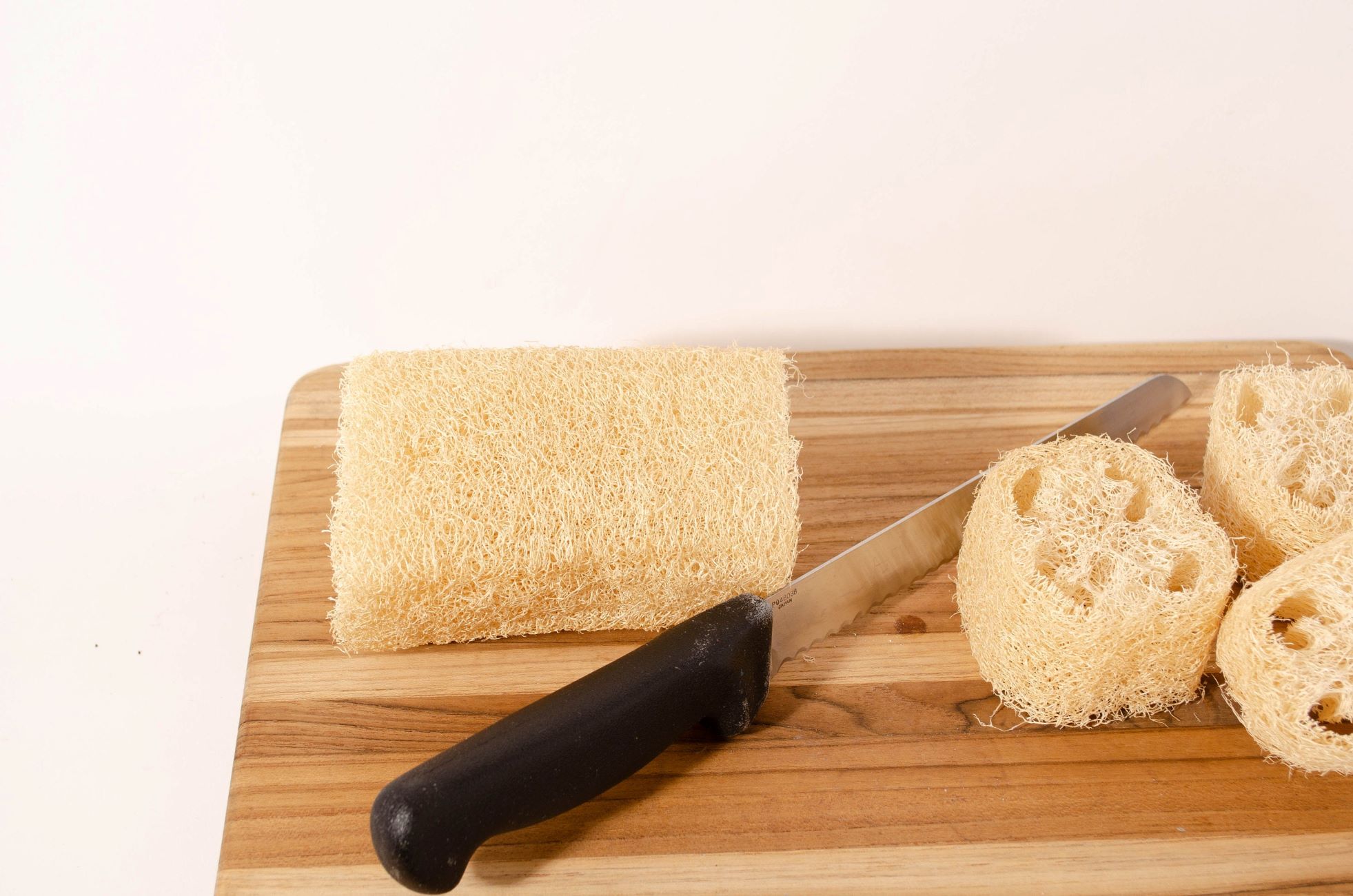
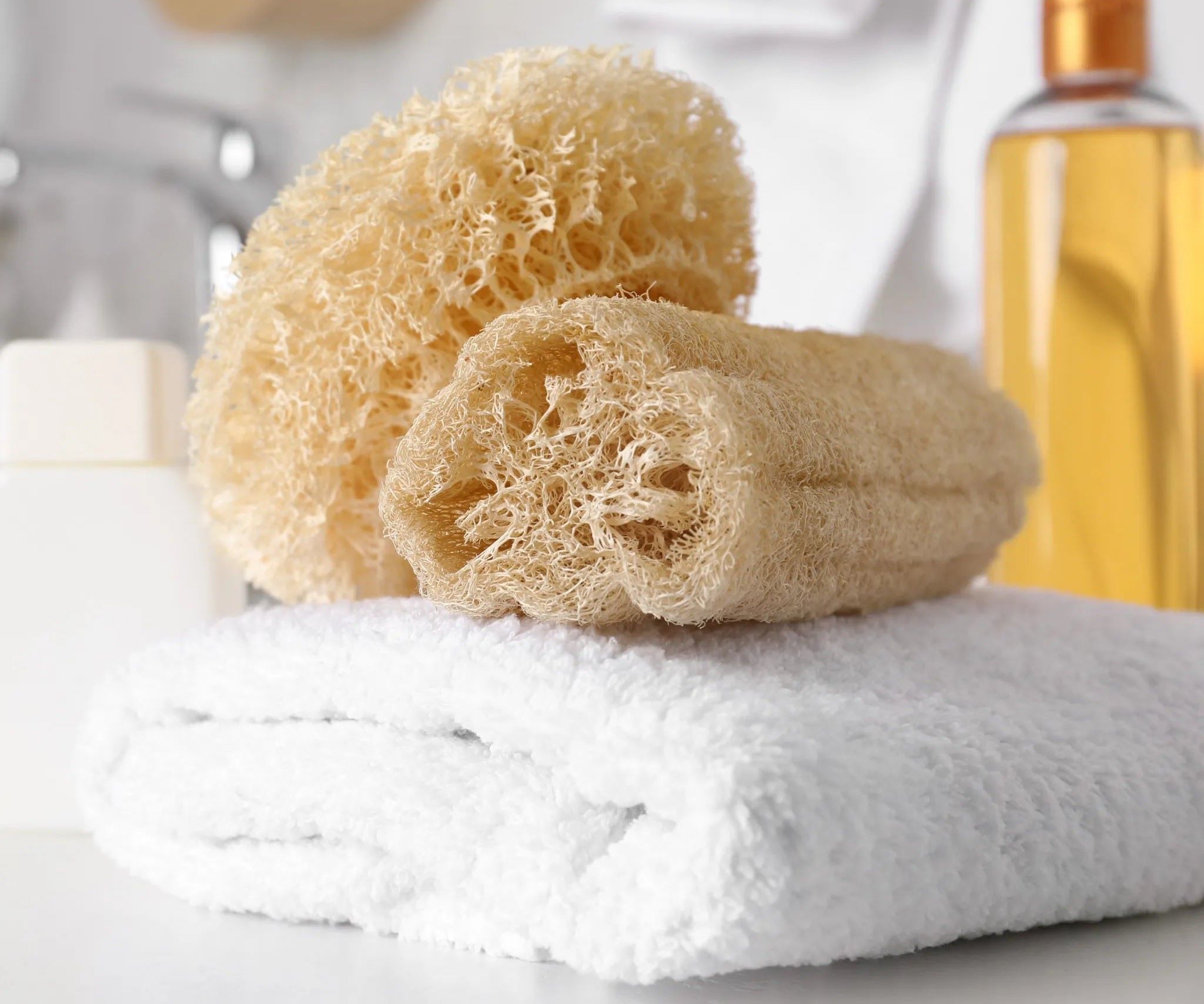
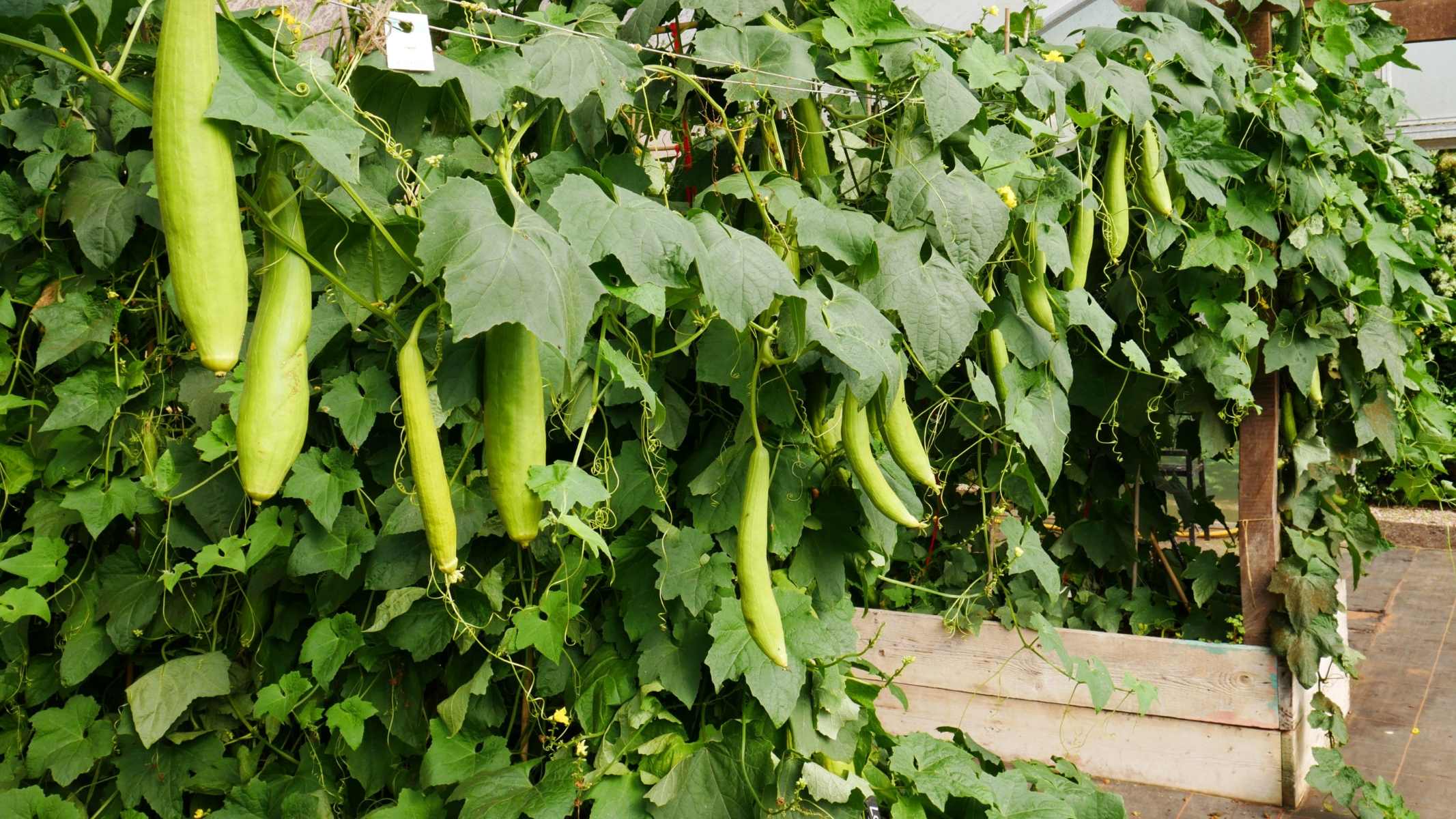
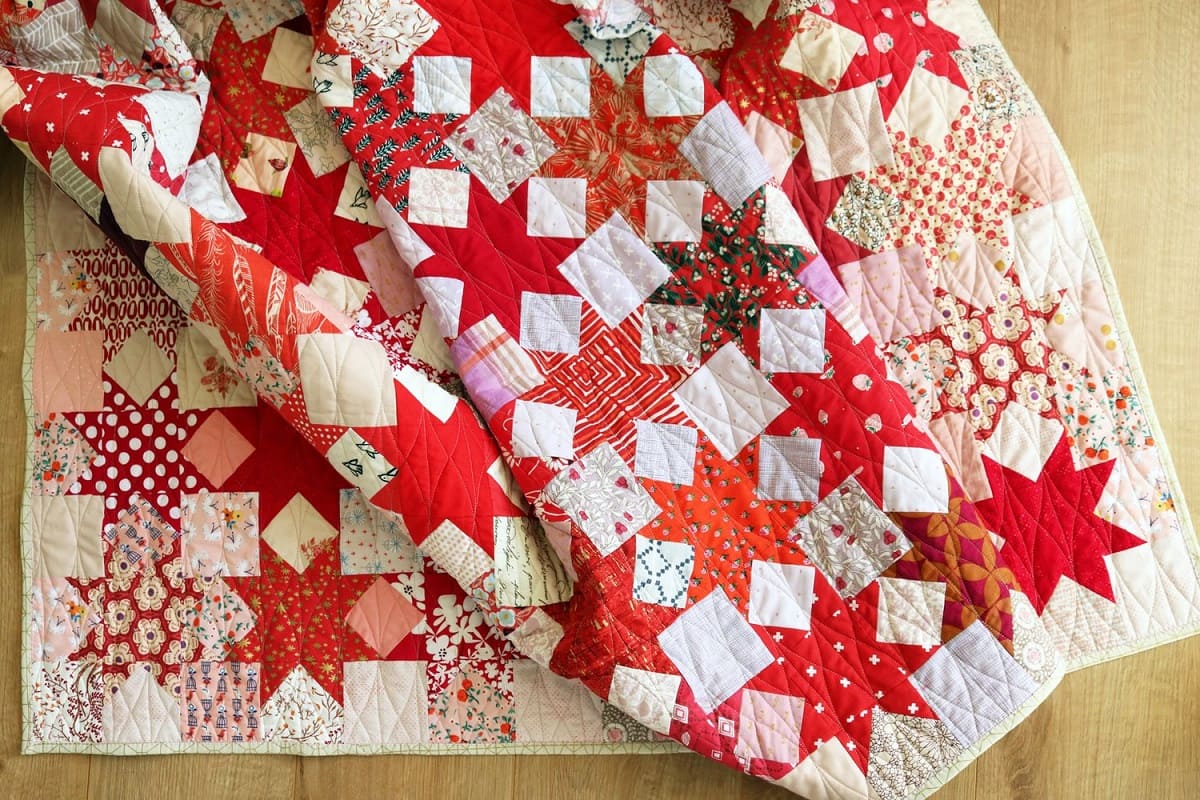

0 thoughts on “How Do You Soften A Loofah”